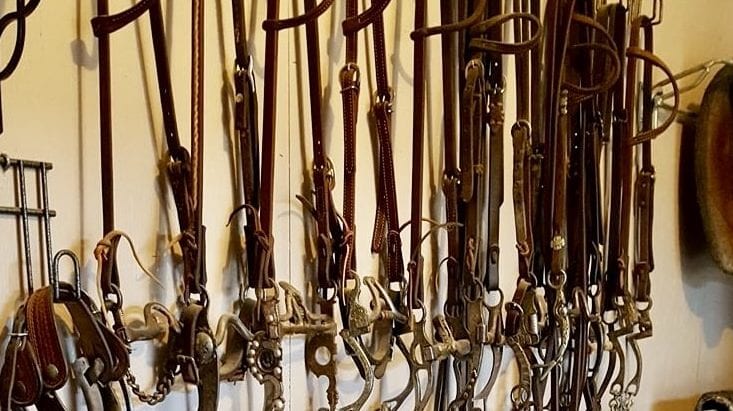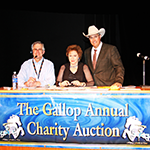Learn how to select the proper western bit for horse training, including what kind of curb bit you should use first.
In 2012, the Journal consulted with AQHA Chief Show Officer Pete Kyle; AQHA Professional Horseman Robin Frid of Denton, Texas; and AQHA Professional Horsewoman Jackie Krshka of Yukon, Oklahoma, to see what was in their horses’ mouths. At the time of the interview, Pete was an AQHA Professional Horseman but now works for AQHA. Part 1 of the series looked at bits used to start colts. Now, we move on to the curb bit.
Curb Appeal
Once a colt is educated and ready to move into a curb, what is the first bridle the trainers grab?
Jackie prefers a Myler hinged snaffle curb with a medium shank.
“I use it with about two to three fingers between the curb and jaw line to start out with,” she says. “As the horse becomes comfortable with the feel of the curb, I may take it up slightly, so that the horse feels that curb pressure a bit earlier. This will prevent me from going too deep to the mouth.”
Both Pete and Robin’s first go-to bit of choice is a short-shanked, low-port correction bit, with the shanks measuring 5 to 6 inches from top to bottom.
“Once we put them into that bit, we still come back to the snaffle quite a bit,” Pete says. “We’ll ride them a couple days in the short-shanked correction, then come back to a snaffle for a few days.”
CLICK HERE to read Part 1 of the Bit of Advice series.
CLICK HERE to read the rest of the article from The American Quarter Horse Journal.








